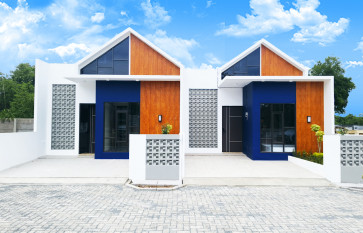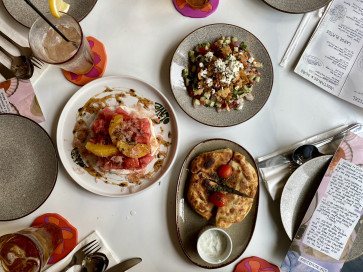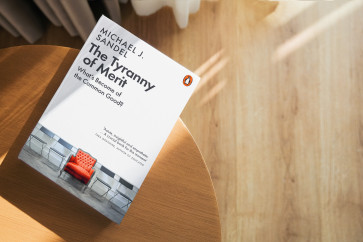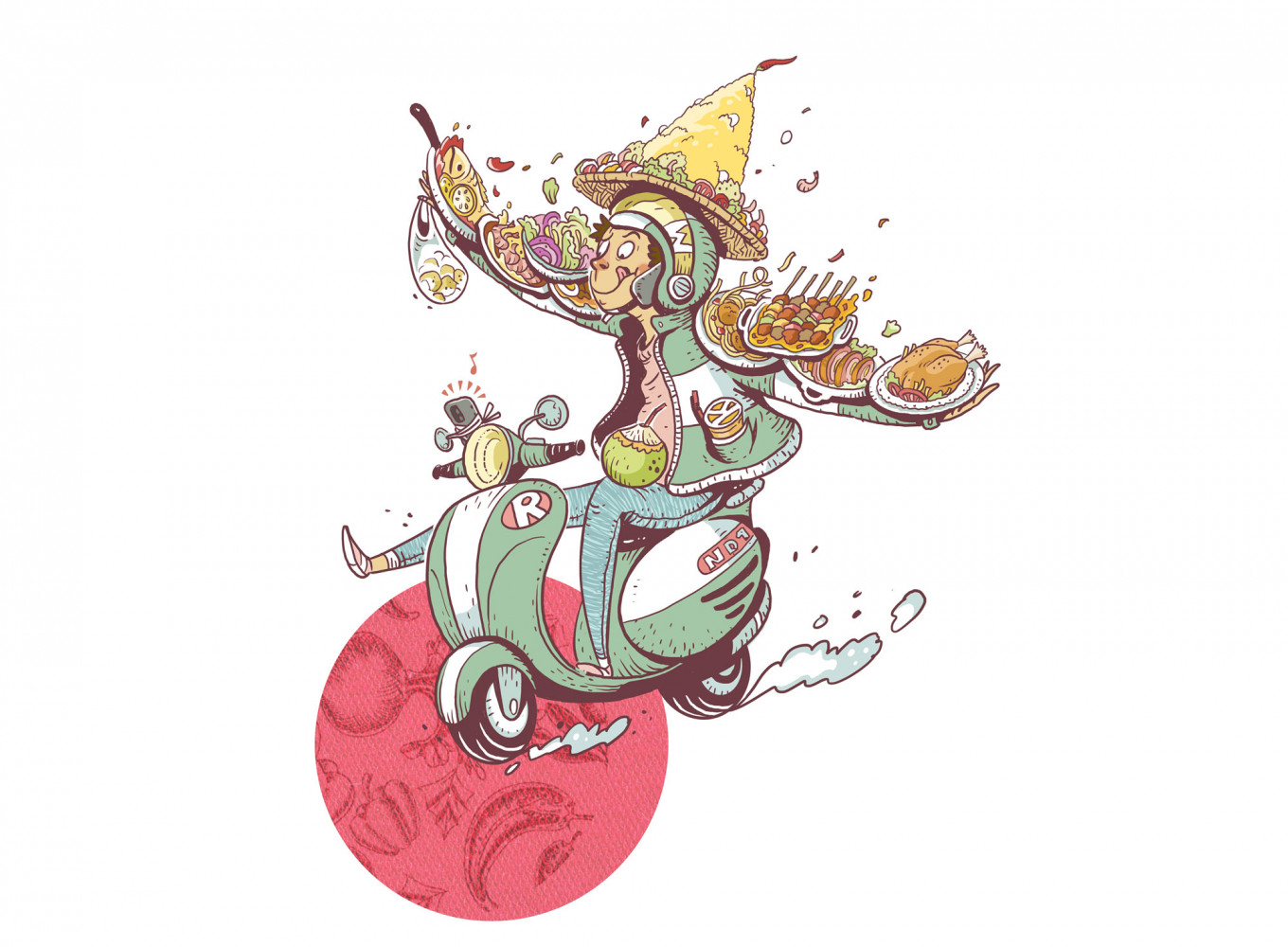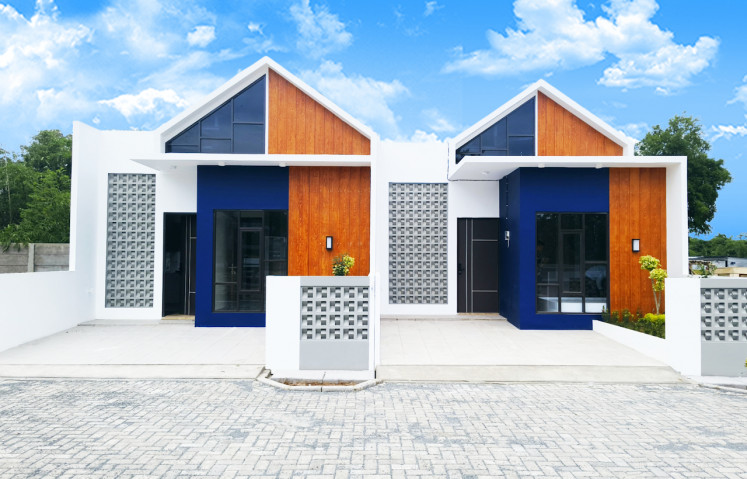If you open my fridge, you’ll be greeted by a barren wasteland where no semblance of sustenance exists.
That might have been distressing a few years ago, but a meal or a snack is now just a few taps away on my phone. Within 30 minutes, I can have food at my doorstep.
This is all thanks to online food delivery (OFD) apps, whose necessity and popularity surged during the pandemic lockdowns. They didn’t just save us from starvation back then, they were a lifeline for tens of thousands of restaurants whose customers were stuck at home.
By the time restrictions were lifted, it was clear that Indonesians had embraced the OFD culture in their lives. According to a 2022 year-end trend report by the Grab superapp, seven out of 10 users agreed that OFD is a daily fixture, with consumption trends showing that users ordered food deliveries 1.5 times more often compared with 2019.
Read also: Welcome to alpha-mart: Meet the most digitally native consumers
Similarly, GoTo’s GoFood platform has seen explosive growth. In 2017, GoFood had 200,000 micro, small and medium enterprise (MSME) partners. By 2022, this number grew fivefold to over 1 million MSMEs, with 41 million menu items listed on the platform.

Thank you!
For signing up to our newsletter.
Please check your email for your newsletter subscription.
OFD culture
For local multi-brand online food delivery specialist Hangry, business is better than ever.
Established in 2019, Hangry operates as a virtual restaurant, running satellite kitchens with no dine-in facilities. With nine brands and 85 outlets, Hangry caters exclusively to online orders.
A senior business development associate for the company, Sri Handayani Listyaningtyas, shared that the company has experienced over double the revenue growth compared with its peak during the pandemic in 2020.
“When things opened up, people rushed to re-experience what they missed during lockdowns. But after some time, consumers returned to ordering online,” she explained.
“Online delivery may not be a strict necessity anymore, but it has become a tool of convenience that simplifies our customers' lives.”
Annisa Gita, the brand marketing head of Lucy Group, seconded the notion.
“It’s just the customer behavior now: the culture of staying in and ordering is very much still attached to Indonesians,” she said.
Offline trends
Despite the continuing success of OFD, Grab’s 2023 year-end report reveals an interesting trend: consumers are increasingly exploring alternatives to food delivery, such as dine-in and self-pickup options.
Between January and May 2023, the use of the app’s new dine-out feature — which offers deals and discounts for dining in restaurants — saw a staggering 973 percent increase. According to the report, users said they turn to OFD for everyday meals or sudden cravings, while dine-in is more popular for family meals and special occasions.
Ismaya Group founder and CEO, Bram Hendrata, believes the dining experience itself is a powerful driver for customers to eat out.
Read also: Indonesia’s timeless elixir: The staying power of ‘jamu’
“There’s a limitation to how much you can offer a lifestyle-focused service through OFD,” he said. “A big majority of our business comes from the offline aspect, and in this post-pandemic environment, we’ve found that consumers don’t necessarily prefer ordering online, but that they need a fresh new experience to justify going out to our locations.”
Established in 2002, Ismaya Group counts brands like Kitchenette, Djournal Coffee and Mr. Fox among their roster scattered across the country, with distinct detailed aesthetics for each location.
Even though their overall online sales are around 15 percent better compared with pre-pandemic figures, Ismaya decided to pivot back offline as soon as restrictions were lifted, launching eight new brands in the past two years alone. Their OFD figures declined after everything started opening up again.
This shows that there is still a hunger for on-site experiences, but it has to provide something fresh. This is why Ismaya’s new offerings are starkly different from its existing brands, covering new niches such as Asian fusion cuisine through BAKU and flame-oriented casual dining through Charkoal.
Best of both worlds
”We see that the consumer behavior of Indonesians have changed. Many people realized that they prefer ordering online; we’re not trying to fight against that. But we also believe that the two types of preference can coexist,” Bram explained.
This coexistence is something that restaurants are trying to achieve and capitalize on.
Hangry’s Handayani explained that though online sales are currently strong, it is expanding its in-person efforts to raise Hangry’s brand awareness, such as by being present in music festivals and school or university events.
“Even though we specialize in the online space, we see that offline activation can help drive people toward OFD platforms,” she said.
Lucy Group, famous for its lively Lucy in the Sky rooftop bars, also decided to open community hub spaces called Lucy Curated Compound (LCC) in 2022 for food stores that mostly existed only online before.
Read also: The rise of Jakarta’s bite-sized tastemakers
“We offer LCC as a platform for our tenants who didn’t have physical stores beforehand, and in turn their online presence becomes a gateway that exposes us to new customers,” Annisa explained.
“For our current tenants, like Nasgero for example, their online success was actually also a deciding factor when we were curating our locations.”
Going the other way, the group also opened an online storefront for its internal brand Lucy Beer Mart this year due to constant customer inquiries.
Clearly, even with the lockdowns behind us, the convenience of online food delivery is here to stay. But since we don’t eat just for sustenance, we’ll always crave those memorable dine-in experiences — and restaurants will be more than happy to indulge.
In the end, we consumers get the best of both worlds: meals delivered to our doorsteps in minutes and fresh, exciting dining experiences whenever we choose to go out.










